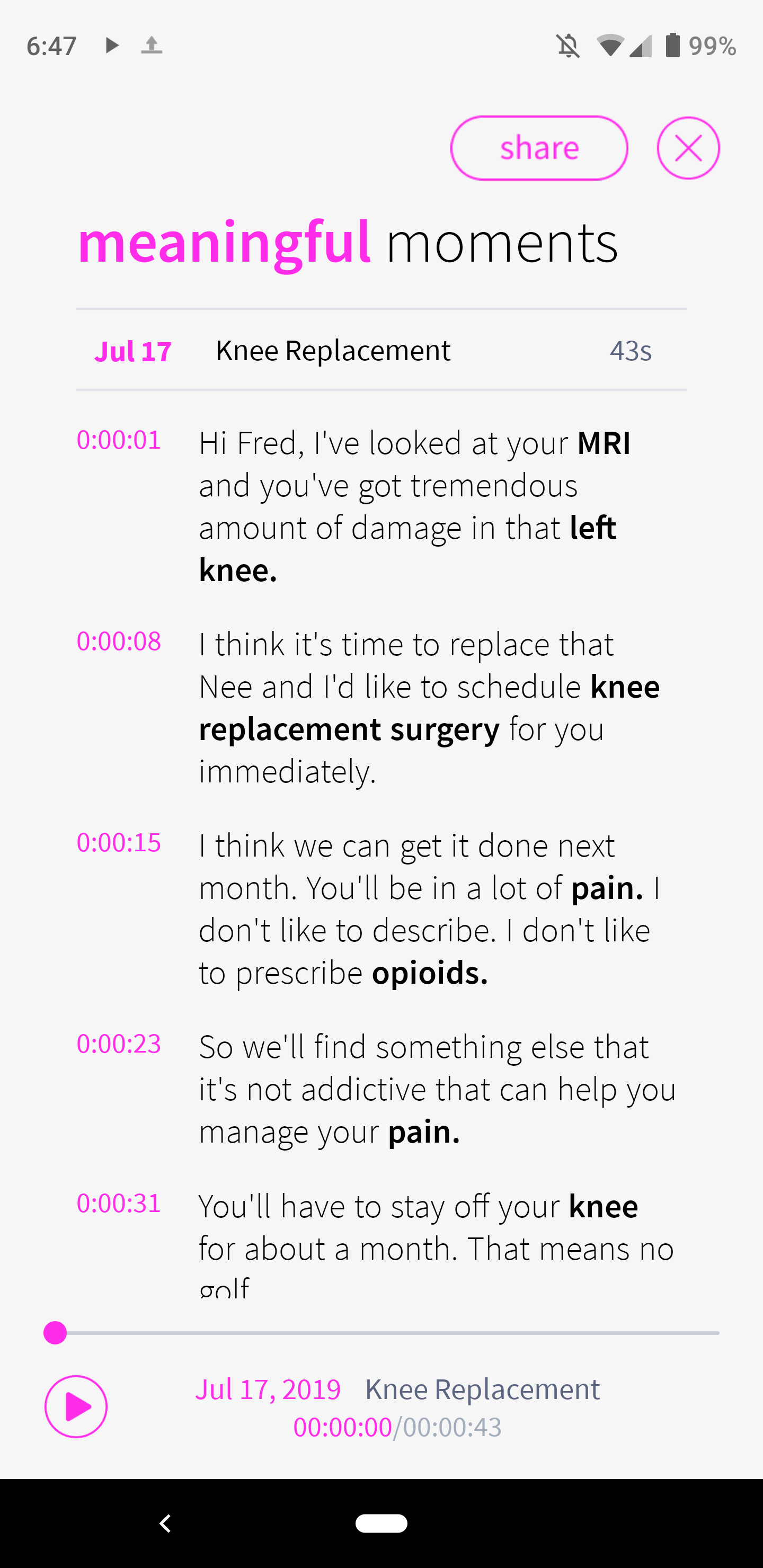Vaccines
I’ve always been a fan of preventive medicine. I like the idea of medicine that stops us from getting sick.
As a child, I was vaccinated for all of the normal things, polio, whooping cough, etc in order to be able to go to school.
Growing up I was vaccinated for tetanus and a few other things.
As an adult, I have gotten a flu vaccine every year for almost forty years. And as a result, I have avoided the flu almost every season.
Last Friday, I biked over to CVS and got my annual flu shot and the new bivalent Covid vaccine.
That Covid shot is my sixth. I started with a J&J in March 2021 when I was skiing in Utah. I got the Pfizer double shot in the summer of 2021, I got a Moderna booster in Jan 2022 a few weeks after I got a mild case of Covid. I got another Moderna booster this past summer, and on Friday I got the new bivalent Moderna vaccine.
I think it is safe to say that I am a believer in vaccine technology and I avail myself of it when it is recommended. I got the double shingles shot a few years ago on my doctor’s recommendation. I had shingles once, in my early 30s, and hope I never get it again. It is painful.
I know that many people don’t trust vaccines. They believe they cause bad side effects. Or they believe they don’t work. Or both.
But I am in the other camp. I am a vaccine enthusiast. I like the idea that we have a technology for instructing our immune systems on how to react to a pathogen. I would like to instruct my immune system as much as possible.



